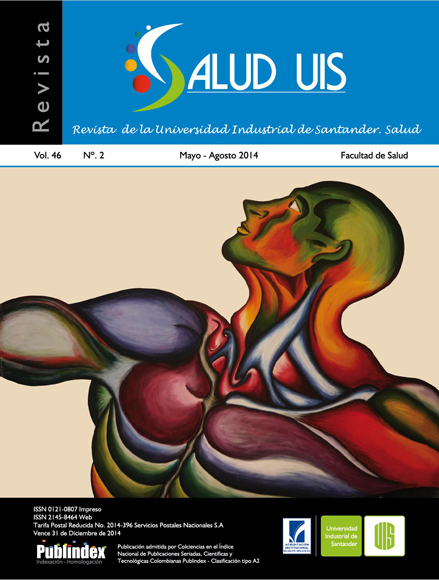Resumo
ABSTRACT
Background: a review of the literature found no clinical studies in which low level laser therapy (LLLT) and high voltage pulsed current (HVPC) were compared to evaluate their effectiveness in promoting wound healing. Objective: The purpose of this study was compare the effects of LLLT, HVPC and standard wound care (SWC) on the healing of diabetic foot ulcers. Methods: randomized controlled clinical trial where diabetic patients were divided in control group (CG) treated with SWC; HVPC group received HVPC plus SWC; LLLTgroup, treated with LLLT plus SWC. HVPC was applied 45min, 100pps and 100μs. LLLTparameters were 685nm, 30mW,2J/cm2 applied to the wound edges and 1,5J/cm2 in the wound bed. All subjects were treated 16 weeks or until the wound closed. The variables were healing, healing proportion, ulcers’s characteristics, protective sensation, nerve conduction studies (NCS) and quality life. ANCOVA analysis and a Fisher´s exact test were applied. Results: Twenty-eight subjects completed the protocol.The healing was reached by 7/9, 8/10 and 6/9 participants of the LLLT, HVPC and CG respectively in the 16th week. There were no statistically significant differences between the groups in the healing proportion, NCS, sensory testing or quality of life (p>0,05). Conclusions: The results of this study did not demonstrated additional effects of LLL or HVPC to the standard wound care (SWC) on healing of diabetic ulcers.
Keywords: electrical stimulation, laser therapy, foot ulcers, diabetes.
Efectos del láser de baja potencia y alto voltaje sobre la cicatrización de úlceras diabéticas
RESUMEN
Introducción: La literatura revisada no registró estudios que compararan la efectividad del láser debaja potencia (LBP) y la corriente pulsada de alto voltaje (CPAV) sobre la cicatrización de úlceras diabéticas. Objetivo: Comparar los efectos del LBP, la CPAV y el cuidado de enfermería estándar (CEE) sobre la cicatrización de úlceras diabéticas. Métodos: Ensayo clínico controlado con asignación a: grupo control (GC) tratado con CEE; (CPAV) recibió CPAV más CEE y (LBP) tratado con LBP más CEE. La CPAV se aplicó por 45min, 100pps y 100μs. Los parámetros del LBP fueron 685NM, 30mW y 2J/cm2 aplicado en los bordes de la herida y 1,5J/cm2 en los bordes de la herida. Todas las personas fueron tratadas por 16 semanas o hasta el cierre de la herida. Las variables fueron cicatrización, proporción de cicatrización, características de las úlceras, sensación protectora, estudios de conducción nerviosa (ECN) y calidad de vida. Para el análisis se aplicaron un ANCOVA y el test exacto de Fisher. Resultados: El protocolo fue completado por 28 personas. La cicatrización se logró en 7/9, 8/10 y 6/9 participantes de LBP, CPAV y CEE respectivamente, hasta la semana 16. No hubo diferencias significativas entre los grupos en la proporción de cicatrización, ECN, evaluación sensorial o calidad de vida (p>0,05). Conclusión: Los resultados de este estudio no demostraron efectos adicionales del LBP o de la CPAV, al cuidado de enfermería estándar, sobre la cicatrización de
úlceras de pie diabético.
Palabras clave: estimulación eléctrica, terapia láser, úlceras de pie, diabetes.
Forma de citar: Sandoval Ortíz MC, Herrera Villabona E, Camargo Lemos DM, Castellanos R. Effects of low level laser therapy and high voltage stimulation on diabetic wound healing. Rev.univ.ind.santander.salud 2014; 46(2): 107 - 117.
Se autoriza la reproducción total o parcial de la obra para fines educativos, siempre y cuando se cite la fuente.
Esta obra está bajo una Licencia Creative Commons Atribución 4.0 Pública Internacional.
